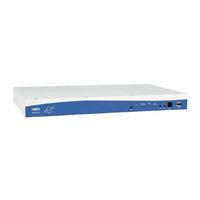ADTRAN TRACER 6000 SERIES Manuals
Manuals and User Guides for ADTRAN TRACER 6000 SERIES. We have 2 ADTRAN TRACER 6000 SERIES manuals available for free PDF download: System Manual, User Manual
ADTRAN TRACER 6000 SERIES System Manual (132 pages)
ADTRAN Netwok Device Integrated System Manual
Brand: ADTRAN
|
Category: Network Card
|
Size: 1 MB
Table of Contents
Advertisement
ADTRAN TRACER 6000 SERIES User Manual (126 pages)
Brand: ADTRAN
|
Category: Computer Hardware
|
Size: 2 MB
Table of Contents
Advertisement

